Students with dyslexia have specific needs to achieve their full potential.
Even though they may face some challenges, the right tools can help them succeed in the classroom. Some of these strategies may even have a positive impact on your entire class!

Learnthree types of accommodations and strategies to support your students with dyslexia.
What is Dyslexia?
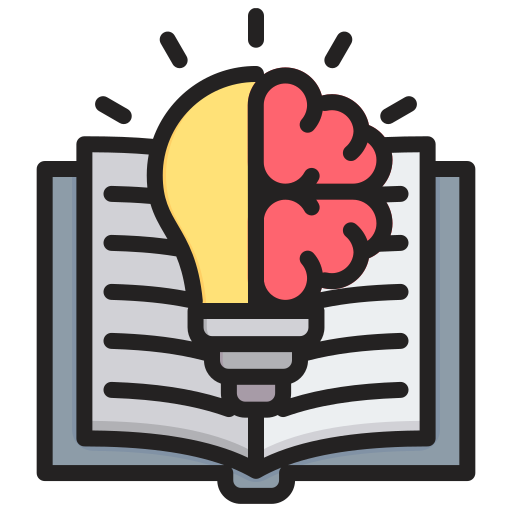
Dyslexia is a learning disability that affects word recognition, spelling, and decoding. It's caused by brain differences that can impact reading comprehension and vocabulary growth.
Check out the Byte How do I recognize dyslexia characteristics in students? to learn more about dyslexia and ways to recognize it.
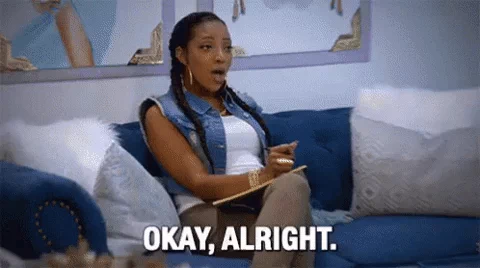
1. Adapt Materials
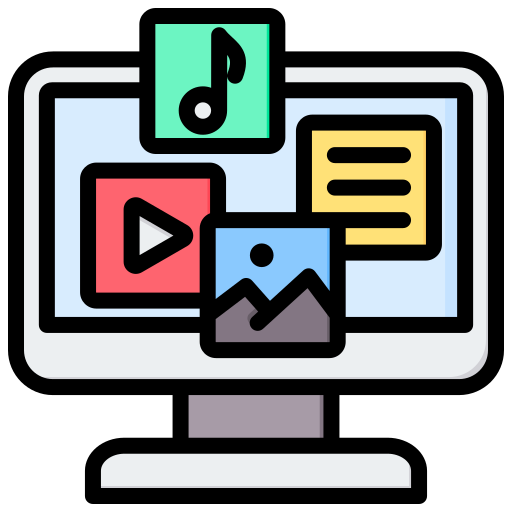
There's no need to “reinvent the wheel.” Adjusting materials you already use in your classroom is an easy way to accommodate dyslexic learners. For example:
Adapt Written Work
Make your visual materials simpler, so students don’t spend extra time and effort decoding every detail on the page.
Use fewer words in written instructions.
Add Multimedia
Use materials that have an audio or video component.
Adapt your materials to add audio when possible (voice recorders like Voocaroo add audio files to a digital document).
Use Visual Cues
Chunk text so that students can focus only on a limited number of paragraphs or questions at a time.
Stress the key information by underlining or highlighting it, or offer line rulers. See this handy guide to reading rulers.
Train Students to Learn Better
Help them create a glossary with the most important content-related vocabulary.
For online texts, teach students to use the text-to-speech feature on their reading software.
This video by Made by Dyslexia shows ideas such as brainstorming, connecting writing to content from other subjects, and assigning a scribe to help students get ideas off their brains and onto paper:
2. Use Interactive Instruction
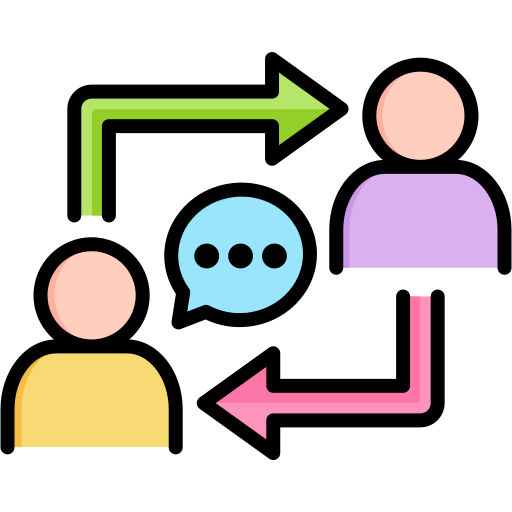 Sometimes just reading a text is not enough to understand a topic. We all can benefit from seeing information in different ways.
Sometimes just reading a text is not enough to understand a topic. We all can benefit from seeing information in different ways.
That is especially true for dyslexic learners. You can add more interactivity to your lessons in varied ways:
Create opportunities for oral discussions that allow students to demonstrate what they know.
Give students chances to practice reading in small group or by themselves.
Provide different ways to learn: offer kinesthetic, visual and oral instruction when possible.
Maintain routines and make visual work predictable.
Include daily reviews to ensure learners can connect new information to previous knowledge.
Offer the students a voice recorder to take notes more efficiently and focus on content.
Be explicit with teaching: break down what will be taught, explain things in steps, offer organizers, and show how to perform tasks.
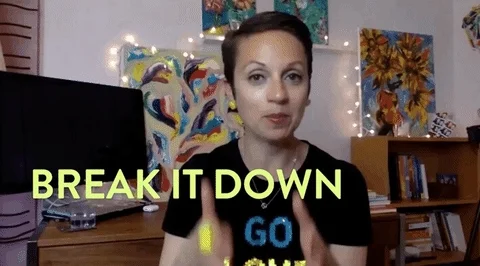
3. Adjust Your Student Performance Indicators
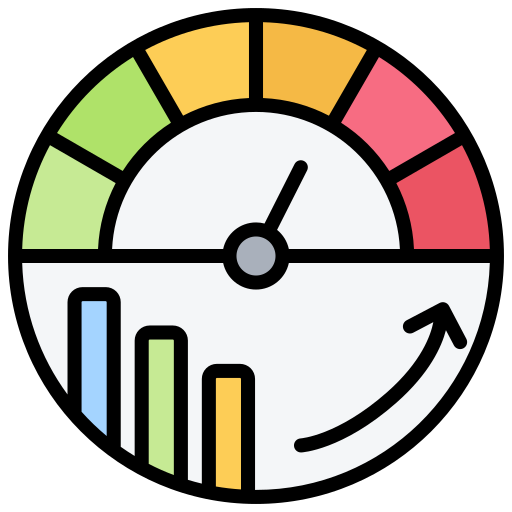
Students with dyslexia typically learn by doing and show their knowledge through authentic demonstrations. Dr. Cecil Mercer, Ed.D., from the University of Florida, suggests a few strategies to modify the way those students are assessed:
Adjust response mode: students with fine motor skills challenges can show their answers by underlining or marking text, using a modified worksheet with more space for answers, and typing their answers.
Cue important information by adding visual markers: help students identify key information in the evaluation by adding asterisks, bullet points, or color when needed.
Use instructional aids: learners can use number or letter references to help them write correctly. They can also use counters and number lines in math to help with computation.
Allow for additional practice: give students extra practice opportunities to master skills before an evaluation.
Provide options for testing and submitting projects: some dyslexic learners may prefer to answer questions to a test orally. Instead of writing a book report, they can create a project using different media, like video or audio to demonstrate what they have learned.
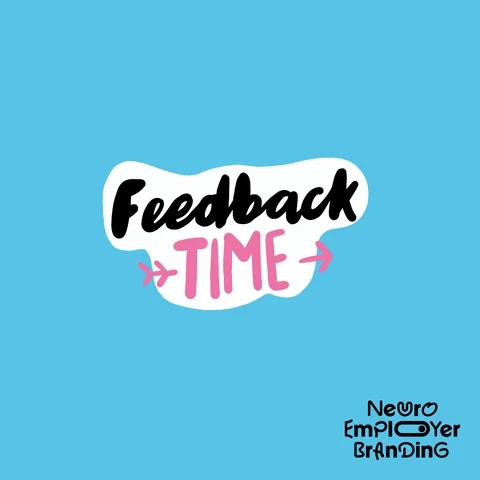
Quiz Time!
You just learned that this school year, one of your students in your roster is dyslexic.

You want to be ready to help your student have a great year of learning! Here are some strategies suggested by your coworkers:
A. Increase the visual complexity of text materials.
B. Make texts longer so the student can practice reading.
C. Break down written materials and find ways for the student to show their knowledge using audio, kinesthetic, and other visual strategies.
D. Have the student read text excerpts in front of the whole class to improve skills.
Quiz
Which of these is a good strategy for adapting materials to support students with dyslexia?
Take Action
Great job taking action to help your students succeed!

Helping learners with dyslexia is all about flexible thinking so teachers can remove obstacles to content learning. Here are some ways to learn more:
Your feedback matters to us.
This Byte helped me better understand the topic.
